Introduction

Color temperature measures the color of light emitted by a source. It is expressed in degrees Kelvin (K) and describes the different shades of light generated by different light sources. The color temperature of light affects how the environment is perceived and can significantly impact the success of a medical procedure. This article will discuss the importance of color temperature in surgery room lighting and the advantages it can bring to both the patient and the surgeon.
Definition of Color Temperature
Color temperature measures how warm or cool a light source appears. It is measured in degrees Kelvin (K), ranging from 2000K to 10,000 K. Lights with a higher color temperature appear more blue or cool, like a bright summer day, while those with a lower color temperature appear more yellow or warm, like a cloudy winter day.
Advantages of Color Temperature in Surgery Room Lighting
A light’s color temperature can significantly impact a medical procedure’s success. It provides a more comfortable, calming environment for the patient while providing the surgeon with improved surgical field visibility. In addition, the right color temperature can enable the surgeon to identify tissue more easily, which can help to reduce complications and improve the outcome of the surgery.
Using appropriate lighting with the correct color temperature can help reduce eye strain and fatigue, allowing the surgeon to work more efficiently and effectively. In addition, the right color temperature can create a more natural environment and reduce glare, which can help reduce distractions and increase patient safety.
Outline of the Article
This article will discuss the importance of color temperature in surgery room lighting and the advantages it can bring to both the patient and the surgeon. We will begin by defining color temperature and how it is measured. We will then discuss the advantages of using the right color temperature in surgery rooms, including how it can improve visibility, reduce eye strain, and provide a more comfortable environment for the patient. Finally, we will explore potential risks associated with using the wrong color temperature in surgery rooms and the potential implications for patient safety.
Conclusion
Color temperature is an important factor when selecting lighting for a surgery room. The right color temperature can help to provide a more comfortable environment for the patient while allowing the surgeon to work more efficiently and effectively. However, it is important to consider the potential risks associated with using the wrong color temperature and the potential implications for patient safety. With the right lighting, surgeons can help to reduce the likelihood of complications and improve the outcome of the surgery.
The ideal visibility in surgery room lighting
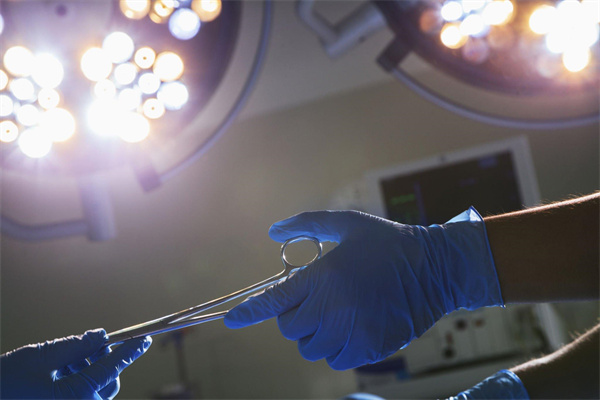
The ideal visibility in a surgery room lighting is key for achieving excellent results in any medical operation. Uniformity, ambient, task and accent lighting, and the right color temperature are all important considerations to ensure the best possible conditions for a successful and safe result.
Uniformity is key when it comes to good surgery room lighting. The light should be spread evenly across the room and not be too bright or too dark in any area. This is important for the surgeons and other medical personnel, who must have a clear view of the patient, equipment, and instruments at all times. The right light will also help to reduce glare and improve the accuracy of the operation.
Ambient lighting is necessary to help create a comfortable atmosphere and provide a general level of illumination. Natural or artificial sources, such as lamps and overhead lights, usually provide this type of lighting. It is important to ensure that the lighting is not too bright or too dark, as this can cause eye strain and fatigue.
Task lighting provides a more focused light source, allowing the medical personnel to focus on specific areas or tasks. Some of the most common types of task lighting include spotlights and LED lights. This type of lighting should be used sparingly, as it can cause glare and shadows.
Accent lighting is used to add a decorative touch to the room and provide additional illumination in certain areas. This type of lighting is often used to highlight architectural details and artwork and draw attention to specific areas of the room.
The right color temperature is also important in surgery room lighting. The ideal temperature should be between 3200K and 5500K, ensuring the most comfortable and effective lighting for the medical personnel. Warmer temperatures (above 5500K) can add a sense of drama and excitement to an area. In comparison, cooler temperatures (below 3200K) can help to create a calming and relaxing atmosphere.
In conclusion, ensuring that the correct lighting is used in a surgery room to achieve the best possible results is important. Uniformity, ambient, task, accent lighting, and the right color temperature are all essential considerations that must be taken into account to ensure a successful and safe operation.
How to achieve the right color temperature
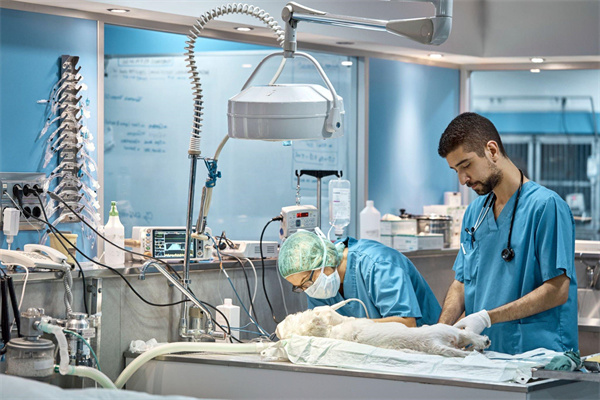
When performing surgery in an operating room, having the right color temperature for the lighting is essential for the safety and success of the procedure. The color temperature of the lighting affects the visibility of the environment, which is why it is so important to get it right.
This blog post will look at the importance of color temperature in surgery room lighting and how to achieve the ideal visibility. We’ll explore the factors that impact color temperature and provide color temperature recommendations to ensure your surgery room is optimally lit.
What is Color Temperature?
Color temperature is the measure of how warm or cool the light appears. Warm color temperatures appear yellowish, while cool color temperatures appear bluish. Color temperatures are measured in Kelvin (K), and the range starts at around 1800K, a warm orange color, and reaches up to 6500K, a bright blue.
Factors to Consider
When selecting the right color temperature for a surgery room, there are several factors to consider. The room size, the type of procedure being performed, and the type of lighting fixtures used are all important factors.
The size of the room will determine the amount of light needed to light the environment adequately. If the room is small, then the color temperature should be closer to the warm end of the spectrum, as it will provide a more comfortable atmosphere. If the room is larger, a cooler color temperature may be necessary to provide enough light to see the instruments and patient adequately.
The type of procedure being performed is also important. For example, a patient undergoing a delicate eye procedure will require a different color temperature than a patient undergoing a general procedure. The color temperature should be tailored to the specific needs of the procedure.
Finally, the lighting fixture used can impact the color temperature. Fluorescent lights, for example, will produce a cooler color temperature than halogen or LED lights.
Factors that Affect Color Temperature
Several factors can affect the color temperature of lighting. The most common is the lights’ age, the bulb’s type, and wattage.
As lights age, their color temperature often changes as the phosphor in the bulb begins to degrade. This can cause the light to become more yellow or blue.
The type of bulb being used can also affect the color temperature. Incandescent bulbs typically produce warmer light, while LED bulbs are usually more on the cool side. Halogen bulbs are usually in the middle of the range.
Finally, the wattage of the bulbs can alter the color temperature. Lower-wattage bulbs typically produce a warmer light, while higher-wattage bulbs produce a cooler light.
Color Temperature Recommendations
When selecting the right color temperature for a surgery room, choosing a temperature that will provide good visibility is important. Generally, the following color temperature recommendations are suggested for surgery rooms:
• For general procedures: 3000-4000K
• For delicate procedures: 3500-5000K
• For very delicate procedures: 4000-6000K
Conclusion
As you can see, the color temperature of the lighting in a surgery room is a vital element for providing the best visibility and safety for the patient and medical staff. It is important to consider the size of the room, the type of procedure being performed, and the type of light fixtures used when selecting the right color temperature for your surgical room. With the right color temperature, you can ensure that your surgery room is optimally lit, and everyone involved can feel confident in the safety and success of the procedure.
Conclusion
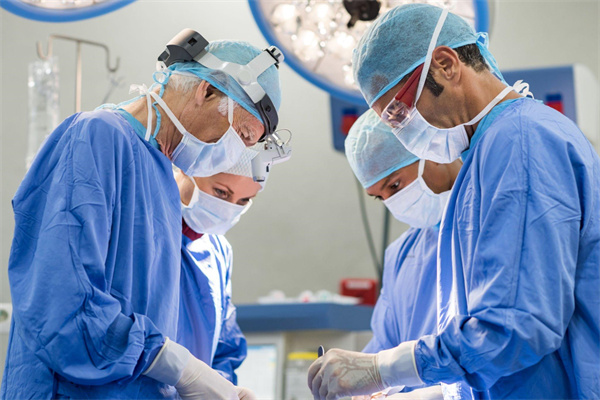
Surgery rooms require special lighting to ensure the surgical team can see the affected area clearly and accurately. Color temperature is crucial in determining the surgical area’s visibility.
High color temperatures, such as cool white, make it easier to see the details of the surgical area and how it relates to surrounding tissue. Meanwhile, warm white temperatures provide a more comfortable environment for surgeons and other medical staff, reducing eye strain and fatigue.
When it comes to lighting a surgery room, it is important to create an optimal balance of color temperature while ensuring constant visibility. It is necessary to use a combination of light sources that provide different color temperatures within the same space to achieve this. By combining cool white and warm white light sources, surgeons can enjoy both benefits while maintaining constant visibility in the surgical area.
The benefits of using the right color temperature in a surgery room are significant. For starters, it improves visibility and allows surgeons to identify subtle details in the surgical area. Secondly, it reduces eye strain and fatigue by creating a comfortable environment, which is essential for the long hours of surgery. Finally, it creates a more efficient workflow by ensuring that everyone in the operating room has a clear view of the surgical area.
Finally, several key steps exist to achieve optimal color temperature for a surgery room. Firstly, it is important to identify the ideal color temperature for the space and the type of surgery being performed. Secondly, selecting the right light sources that provide the desired color temperature is important. Finally, it is essential to ensure that the lighting is uniform and that all areas of the surgery room are properly illuminated.
In conclusion, color temperature is critical in achieving optimal visibility during surgery. By combining cool white and warm white light sources, surgeons can benefit from both while still achieving constant visibility in the surgical area. Additionally, selecting the right light sources is important, ensuring uniformity and taking the necessary steps to create the ideal environment for a successful surgery.
Get the complete solution. ↓
The Ultimate Guide to Surgery Lamp






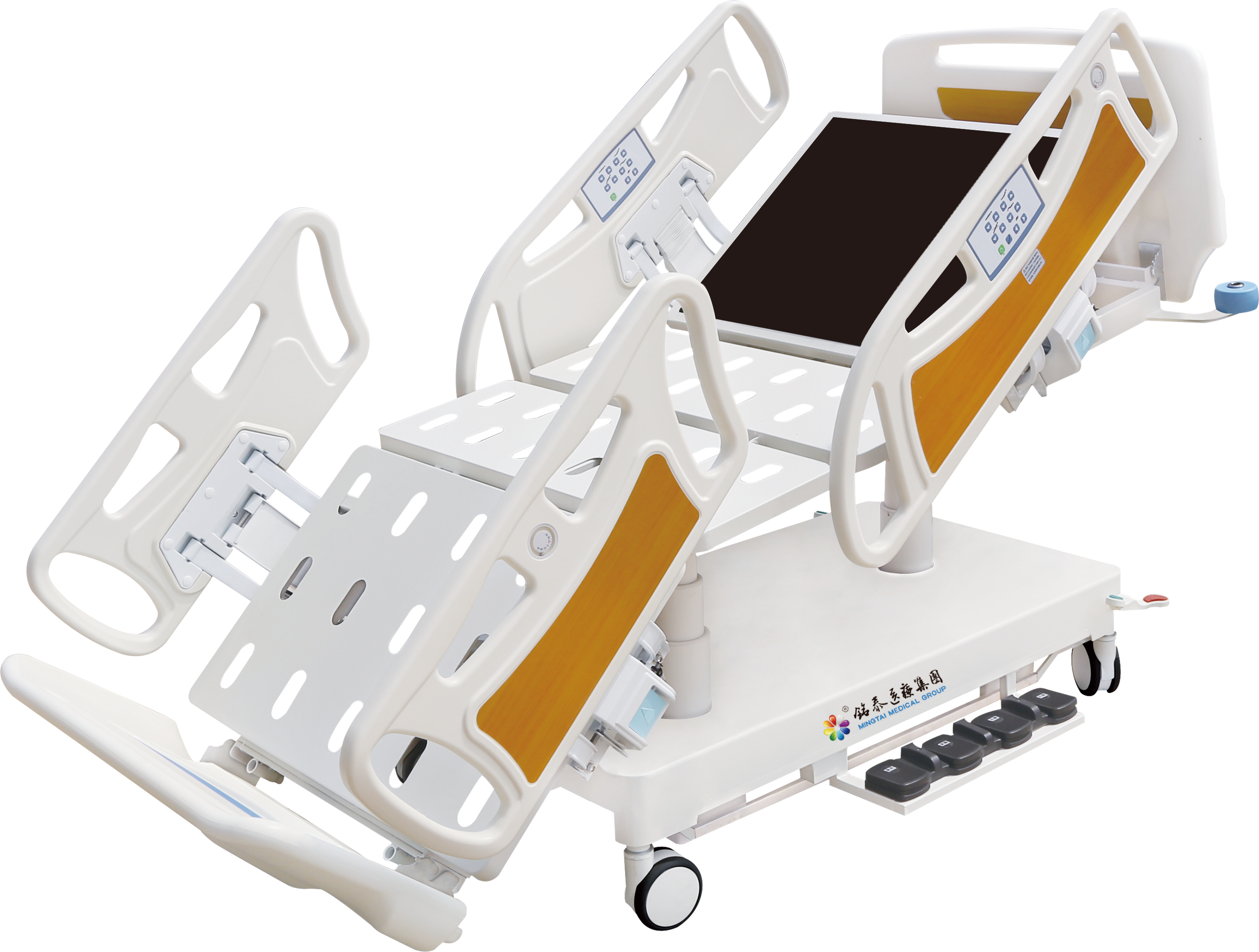


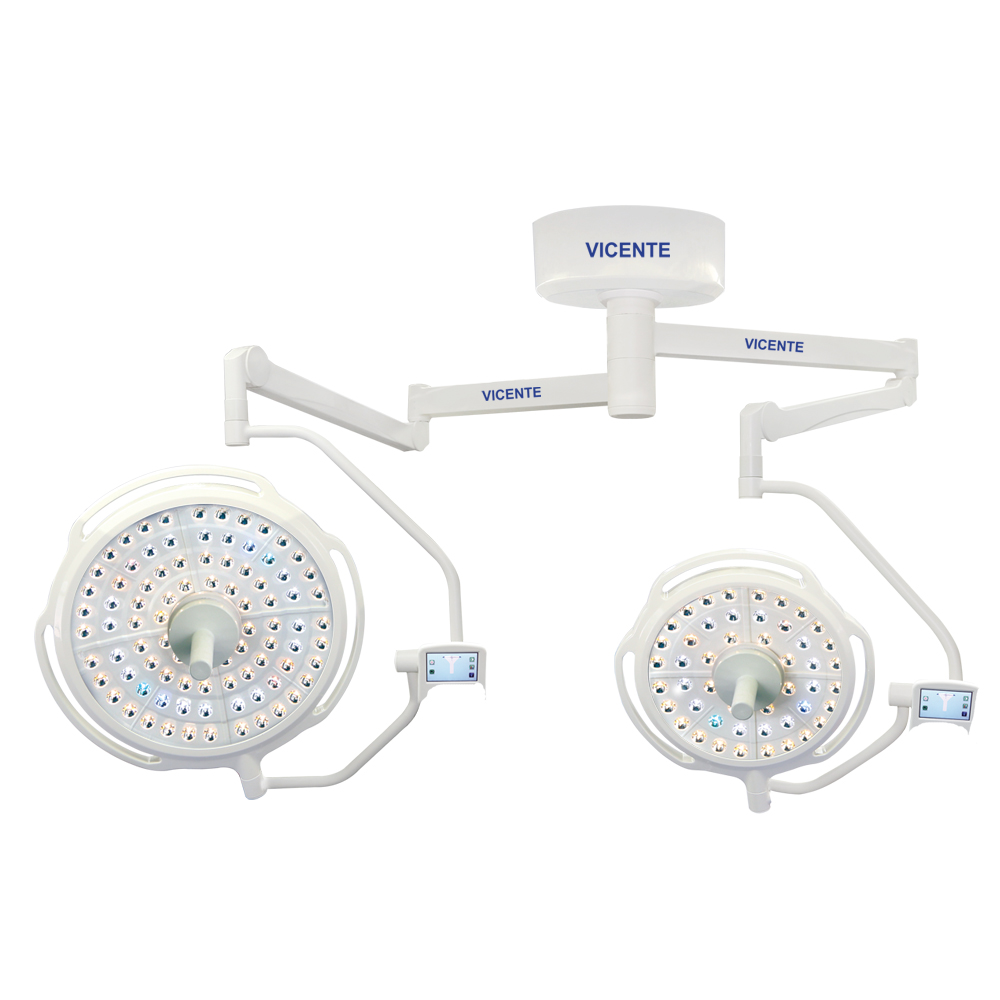

 Email:
Email: Whatsapp:+86-19006477273
Whatsapp:+86-19006477273 Address:No. 8 Yangchun Road, Qufu Industrial Park, Jining, Shandong Province, China
Address:No. 8 Yangchun Road, Qufu Industrial Park, Jining, Shandong Province, China